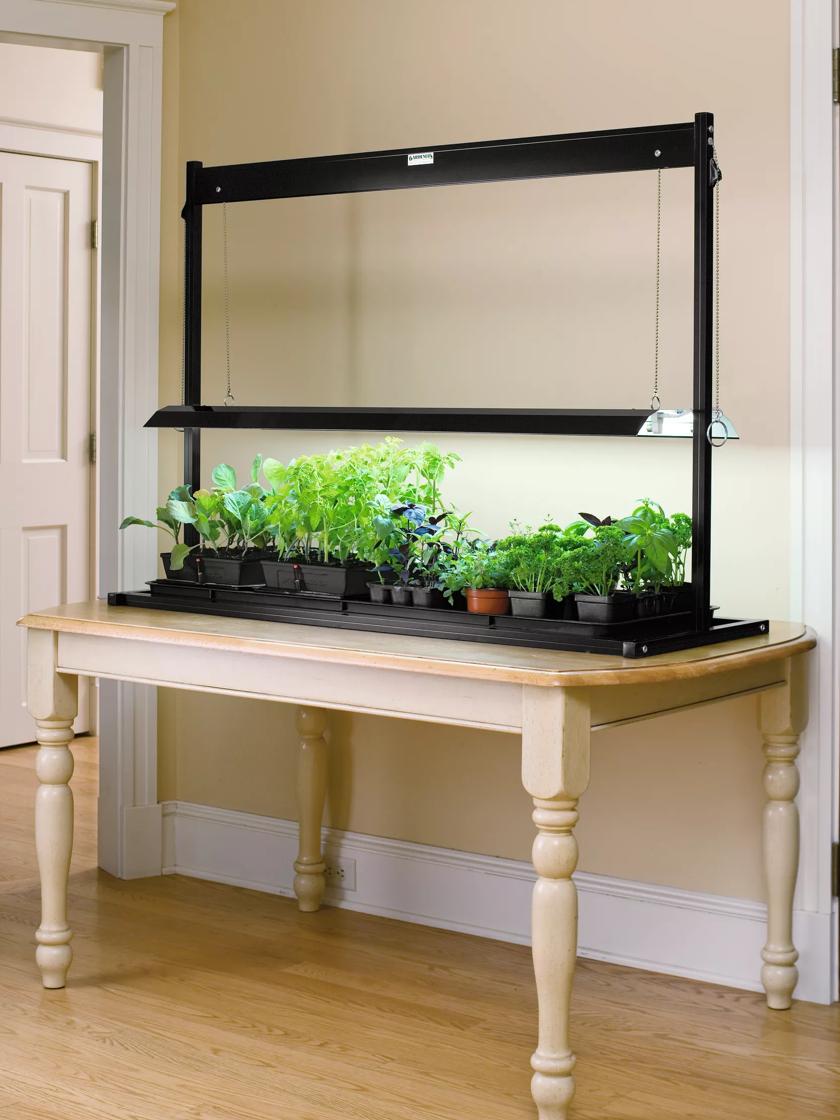Garlic is an herb that has gained popularity due to its distinct flavor and numerous health benefits. It is extensively used in a variety of dishes worldwide. Whether it's used in soups, stir-fries, or roasted dishes, fresh garlic elevates the taste and aroma of any meal. What makes garlic even more fascinating is that you can grow it in containers, allowing you to relish fresh garlic throughout the year, even if you lack a traditional garden space. However, it is essential to remember that selecting the appropriate container size ensures a successful garlic crop.
Choosing the right size of container is crucial for a successful garlic crop. Garlic plants require ample space to grow, and the length of the container plays a significant role in their growth and development. To ensure proper growth and development of garlic roots, it is recommended to choose a container that is at least 6-8 inches deep and 12-18 inches wide. This will provide enough space for the garlic bulbs to mature and for the roots to absorb essential nutrients from the soil.
It is crucial to avoid choosing a container that is too small, as this can restrict the growth of the garlic and result in smaller bulbs. On the other hand, a container that is too large may lead to overwatering and poor drainage, which can cause root rot. Therefore, finding the right balance in container size is crucial for a successful garlic harvest.
For optimal growth, garlic bulbs require well-draining soil, and excess moisture around the roots can lead to rotting. Look for containers with drainage holes at the bottom to ensure proper drainage. You can also consider adding a layer of gravel or small pebbles at the base of the container to enhance drainage further.
When it comes to growing garlic in containers, the size of the container is crucial. On the other hand, a container that is too large can lead to overwatering and root rot. In this blog post, we'll go over the ideal container size for growing garlic so you can enjoy fresh garlic all year round. Moreover, choosing a container with proper drainage is as important as its size.
Growing garlic in containers offers a convenient way to have a fresh supply of this aromatic herb throughout the year, regardless of the availability of outdoor space. Embrace the pleasure of having a constant supply of homegrown garlic at your fingertips. No longer will you have to worry about running out of this essential ingredient or settling for subpar store-bought options. By cultivating your garlic, you can ensure that every dish you prepare is infused with the freshest, most flavorful cloves, elevating your culinary creations to new heights. So why wait? Start your garlic garden today and relish the satisfaction of harvesting your garlic whenever you desire.
A Sweet Solution: Easy Steps to Growing Sweet Potatoes in a Bucket
Growing Your Own Vegetables In Containers
